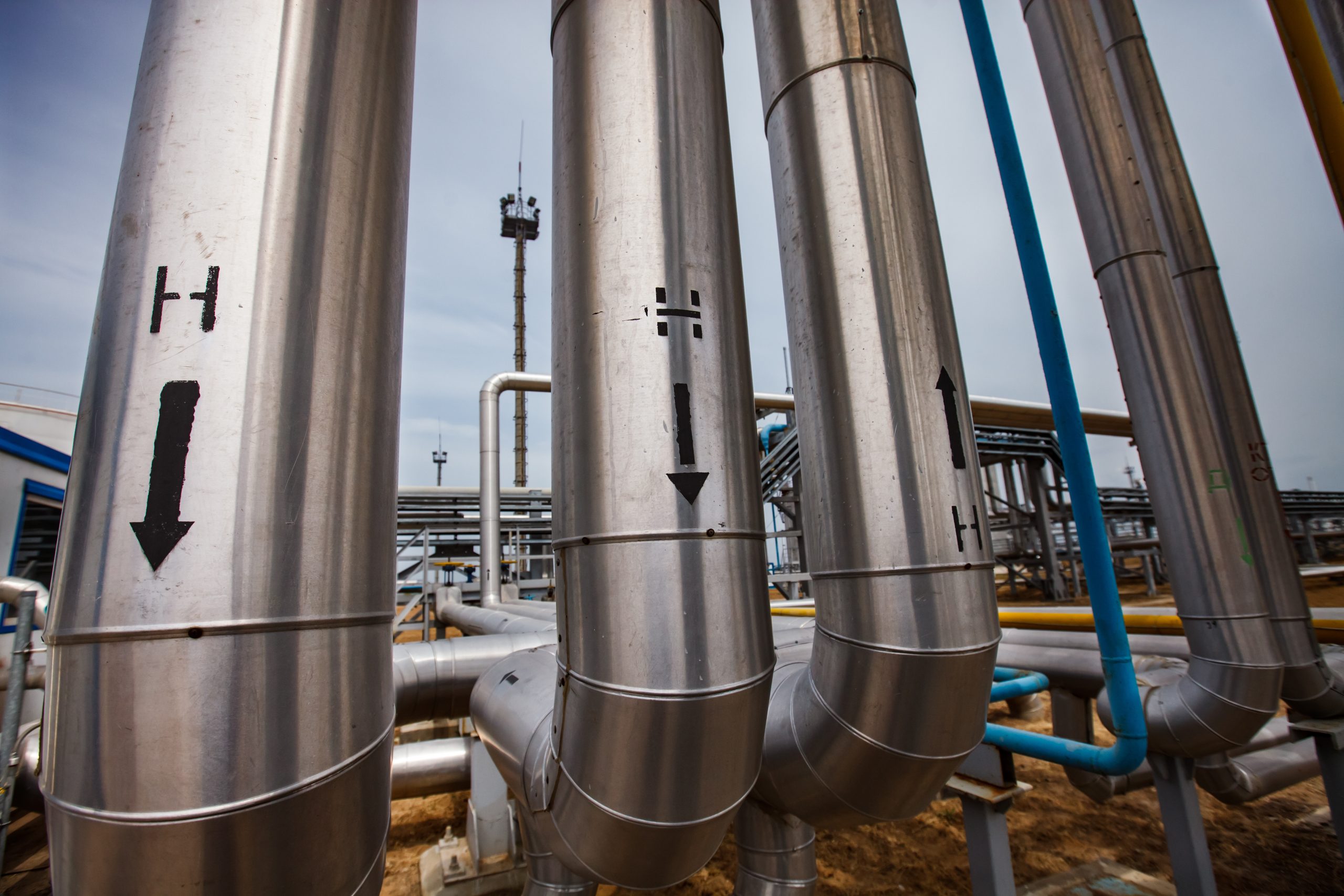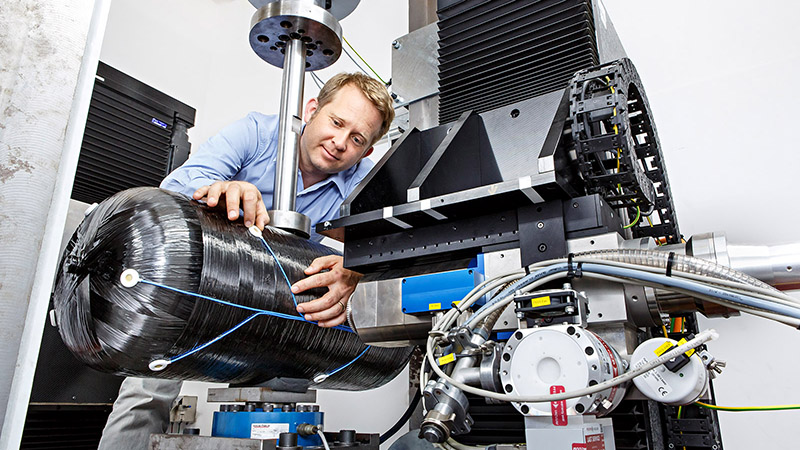New Paper Recommends Strategy to Deliver EU Hydrogen

Worley and Princeton University’s Andlinger Center for Energy and the Environment has published a paper outlining a strategy to help deliver the EU’s renewable hydrogen targets. Hydrogen Industry Leaders explores the findings.
The ‘From Ambition To Reality 3 – steps to accelerate net zero delivery’ paper is part of a series that examines the infrastructure delivery challenge of reaching mid-century net zero.
It builds on the insights from Papers 1 and 2 and adds detail to its framework, proposing key initiatives that can be applied to any low-carbon sector or supply chain to drive the changes required.
Using a new level of analysis, the report examines the EU policy ambitions in terms of the infrastructure required and exposes limitations in the way capital is deployed.
A new paradigm for project delivery is needed to reach EU decarbonisation targets
Findings in the report include an eight-to-12-fold increase in global electrolyser manufacturing capacity, a four-fold increase in annual capacity additions for offshore wind annually, and that 35 per cent increase in desalination capacity additions are required by 2030 to meet the EU’s goal of 10MPTA of renewable hydrogen production by 2030.
The paper finds that traditional delivery methods will be too slow to deliver the infrastructure needed, putting the EU’s production target at risk.
Achieving net zero by mid-century requires collaboration, change and urgent action from all infrastructure participants.
On the importance of meeting net zero, Group Director, Sustainability and Energy Transition Leadership at Worley, Dr Paul Ebert, expressed that: “Decarbonisation of our economies is an enormous challenge, one we’ve made harder through slow action.”
Mid-century net zero is achievable if we adopt a new paradigm for project delivery. It’s ambitious, but critical for our planet
Around 450 MTPA may be needed globally to reach net zero
The potential of hydrogen as a vector for large-scale decarbonisation has emerged in the last decade, with hydrogen now appearing in most net zero scenarios.
In the EU alone, hydrogen is included in more than 15 key pieces of policy and legislation, and the EU’s clear ambition is for hydrogen to be produced and used in significant quantities by 2030.
In the future, hydrogen must be produced with low emissions and will be deployed in a much broader range of uses.
The International Energy Agency’s (IEA’s) Net Zero Scenario suggests that around 450 MTPA may be needed globally by mid-century to reach net zero, particularly across hard-to-abate sectors such as steel making, heavy transport, and synthetic fuel production.
Governments must encourage mega projects to be developed
The report states that 25 projects at a scale of 3GW electrolyser and 400 KTPA must be operating commercially by 2030 to meet the EU’s target.
Continuing, it reveals that the timeline required to deliver these projects is likely to be a minimum of eight years and timelines beyond 10 years are probable.
To accelerate the transition to net zero, the plan proposes the following initiatives: Government underwriting of demand and streamlining permitting, the use of standardisation within the hydrogen industry, and the widespread sharing of industry information and best practices.
The report explained that there is a massive need for mega projects as they: “Are necessary to gather critical data and stress-test the ability to scale the supply chain for renewable hydrogen and its market boundaries.”
Europe’s largest renewable hydrogen project to reach FID to date is the 200 MW Holland Hydrogen 1 project, designed to deliver around 22 KTPA of renewable hydrogen to the refining industry in Rotterdam with an expected COD in 2025.
It revealed that to reach 10 MTPA by 2030, around 500 Holland Hydrogen 1-sized projects would need to be completed.
By adopting the new delivery practices and initiatives that the paper outlines, achieving net zero seems possible.
However, alongside this Governments must take the lead on critical levers including enabling infrastructure, rewarding innovation, and providing certainty on revenue and supply.

